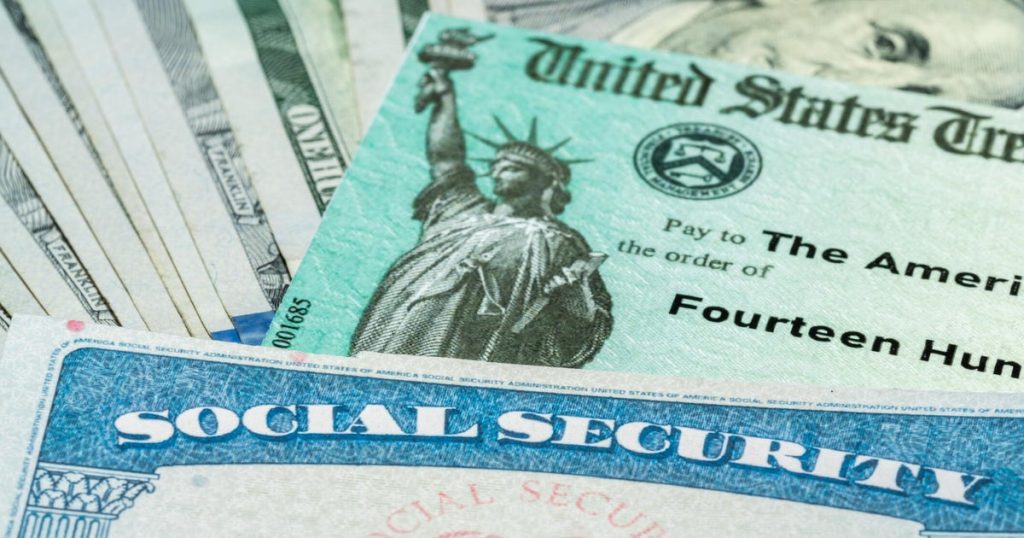The Social Security Administration (SSA) has recently amended its contentious policy regarding the recovery of overpayments, addressing widespread concerns about the financial strain it imposed on beneficiaries. Initially, the SSA had increased its clawback rate to 100%, but effective April 25, it has reduced this rate to 50%. This change follows significant pushback from advocates and beneficiaries, who highlighted the severe hardships caused by the earlier policy, which had resulted in financial instability for many senior citizens and disabled individuals.
| Article Subheadings |
|---|
| 1) Overview of the Policy Change |
| 2) Reasons Behind the Change |
| 3) Impact on Beneficiaries |
| 4) Historical Context of Overpayments |
| 5) Future Implications |
Overview of the Policy Change
The SSA’s decision to revert from a full 100% clawback rate to a 50% recovery rate is a significant shift in its approach to managing overpayments. This change, effective April 25, reflects a departure from a policy that had raised alarms among many advocacy groups and beneficiaries. The agency had first implemented the 100% clawback on March 27, a move that alarmed many who depend on their monthly Social Security payments for basic living needs. Critics argued that the aggressive recovery approach was disproportionately impacting those in vulnerable financial situations.
Reasons Behind the Change
The SSA has not publicly elaborated on the specific motivations driving this recent adjustment in policy. However, the announcement came swiftly following criticism directed at the prior 100% clawback policy initiated by the Acting Commissioner, Lee Dudek. Dudek had positioned the change as a necessary step to safeguard taxpayer funds. However, given the widespread outcry regarding the repercussions of the 100% recovery rate, it appears that public pressure has played a significant role in prompting this reconsideration.
Impact on Beneficiaries
The decision to cut the clawback rate in half offers a partial relief to many Social Security beneficiaries who were facing dire financial situations. Approximately one-third of Social Security recipients rely on their monthly checks to meet at least 75% of their income, making any deductions from these payments incredibly impactful. Reports indicated that some beneficiaries faced severe challenges, including financial hardships that could lead to homelessness. Advocates assert that while moving to a 50% clawback is an improvement, it remains a significant burden for many, especially disabled individuals who receive benefits through the Social Security Disability Insurance (SSDI) program.
Historical Context of Overpayments
Historically, issues surrounding overpayments within the SSA have plagued thousands of beneficiaries annually. Many individuals are often unaware that they have been overpaid until they receive notification from the agency. Recent findings from the SSA’s inspector general revealed that major overpayment issues have stemmed largely from errors in the agency’s calculations rather than from beneficiary negligence. In 2022, 73,000 overpayments were linked to SSA’s automated systems failing to accurately calculate benefits due to outmoded processes and insufficient manual calculating resources.
Future Implications
The SSA’s move to cut the clawback rate from 100% to 50% may be seen as a step in the right direction, yet it raises critical questions about the agency’s future handling of overpayments. As many disability advocates highlight, this measure still places a significant financial burden on those reliant on SSDI, as a substantial fraction of these beneficiaries depend entirely on their benefits for survival. The discussions moving forward will likely center around the necessity for better automation tools within the SSA to reduce errors and improve beneficiary notification processes, as well as deeper exploration of the systemic issues that contribute to overpayment cases.
| No. | Key Points |
|---|---|
| 1 | The SSA has reduced its overpayment clawback rate from 100% to 50%. |
| 2 | The change took effect on April 25, following public and advocacy group pressure. |
| 3 | Many beneficiaries rely on Social Security for essential living expenses. |
| 4 | Prior overpayment recovery policies had caused significant financial hardship. |
| 5 | Future discussions need to address systemic issues within the SSA’s processes. |
Summary
The Social Security Administration’s recent policy change reflects a significant shift in response to the pressing needs of beneficiaries. The reduction of the overpayment clawback rate from 100% to 50% provides essential relief, although concerns remain regarding the overall financial stability of affected individuals. As the SSA navigates these changes, it will be critical to address underlying systemic issues to enhance service delivery and prevent further hardships among vulnerable populations.
Frequently Asked Questions
Question: What prompted the SSA to change its overpayment recovery policy?
The SSA’s decision came after significant public outcry and advocacy pressures regarding the financial hardships caused by the earlier policy that allowed for a 100% clawback.
Question: Who is most affected by the overpayment clawback rates?
Approximately one-third of Social Security recipients, especially seniors and disabled individuals who rely heavily on their benefits, are most affected by clawback rates.
Question: What are the challenges faced by SSDI recipients regarding overpayments?
SSDI recipients often face challenges in reporting income accurately, which can lead to unintentional overpayments. Moreover, the remaining clawback of 50% may still impose financial burdens on these individuals.


